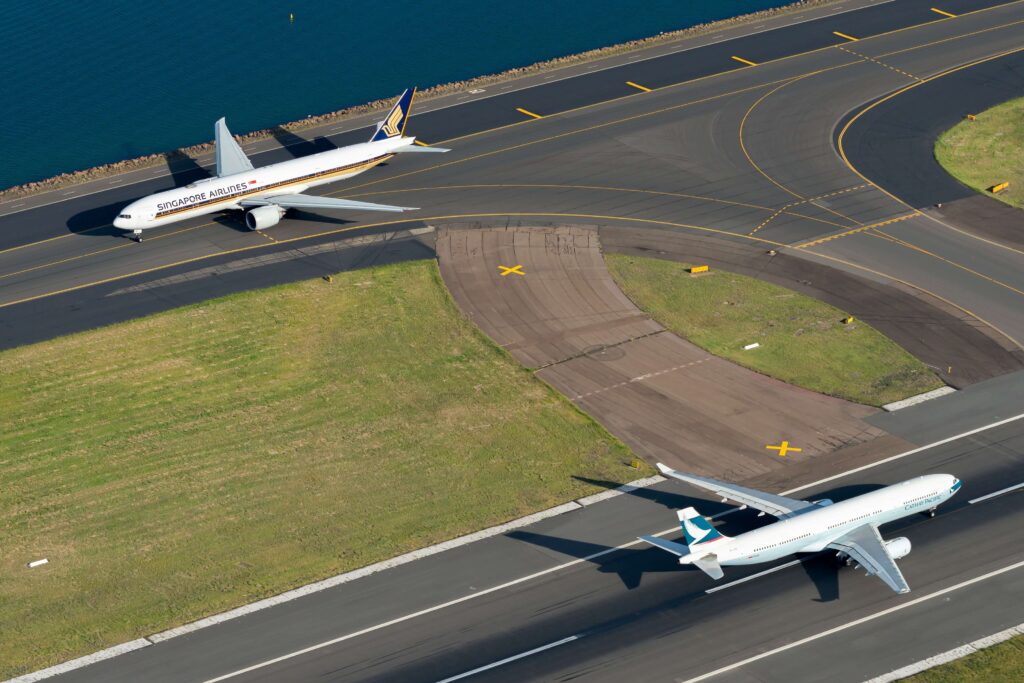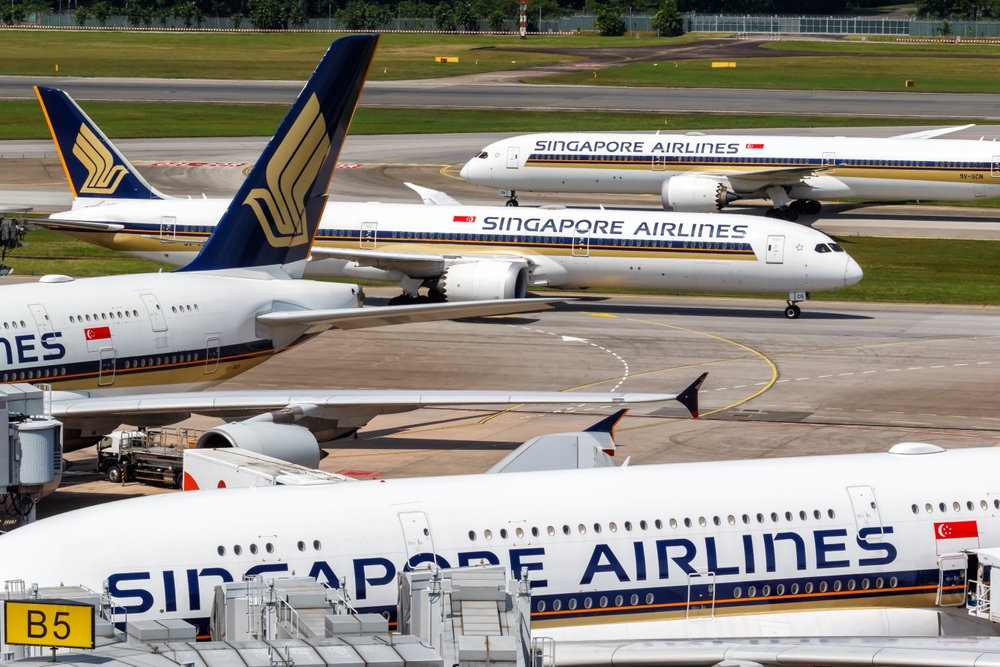The latest traffic figures published by the Association of Asia Pacific Airlines (AAPA) show that its members are enjoying strong continued growth for both international air passenger travel and air cargo demand as levels for both near pre-pandemic levels.
Kuala Lumpur-based AAPA is an industry trade body that represents scheduled international airlines based in the Asia-Pacific. It publishes monthly traffic figures from data supplied by 40 Asia-Pacific airlines. These included both full-service and legacy carriers such as Singapore Airlines, Air India, Thai Airways, China Southern Airlines, and Cathay Pacific. The figures also include data obtained from the region’s leading low-cost sector provided by carriers such as Scoot, AirAsia, and Jetstar.
Passenger numbers were boosted by a surge in leisure travel during the Chinese Lunar New Year festive period in February 2024. Overall, 27 million international passengers were carried by Asia-Pacific airlines in February 2024 representing a 56.7% increase over the 17.3 million recorded in the same month in 2023.
Total passenger traffic reached 89.2% of 2019 pre-pandemic levels. In revenue passenger kilometer (RPK) terms, demand rose by 54.4% year-on-year. Available seat capacity (ASKs) expanded by 53.1%, while the overall industry-wide international passenger load factor among its members rose 0.7% to 81.6% for the month.

In terms of air cargo, demand for freight services continued to rise in February 2024 driven largely by soaring e-commerce activity. With global inflation levels moderating, the resulting rising demand spurred “renewed vigor” according to AAPA.
As a result, international air cargo demand, as measured in freight ton kilometers (FTK), increased by 10.2% year-on-year in the month. Offered freight capacity expanded by a robust 20.8%, primarily from growth in belly-hold space on passenger aircraft. Consequently, this led to the overall international freight load factor falling by 5.5 percentage points to 57.3% for the month. However, the rise in capacity is seen to be a sign that airlines are responding to the increase in demand for air cargo and results from more aircraft joining fleets as the post-pandemic recovery continues.
“During the first two months of 2024, Asian carriers saw continued robust growth in international passenger markets, with 54 million passengers carried, an increase of 53% compared with the corresponding period in the previous year,” said Subhas Menon, AAPA Director General. “The strong demand came on the back of ongoing network expansion by carriers, with load factors at levels seen before the pandemic.”
“The same period saw a 16% increase in international air cargo demand, progressing the recovery recorded since the last quarter of 2023,” he added. “Healthy growth in e-commerce transactions fuelled a rise in demand for speedier air transport. Additionally, there were also indications of a modal shift from sea to air due to the Red Sea crisis.”
Looking ahead, Menon said: “The upturn in global economic activity and rise in business confidence levels augurs well for air cargo markets in the coming months. Correspondingly, the demand outlook for international travel is positive based on forward booking trends. The region’s carriers remain nimble and proactive in exploring new avenues of growth, whilst at the same time tackling numerous challenges including rising operational costs and stiff competition.”

